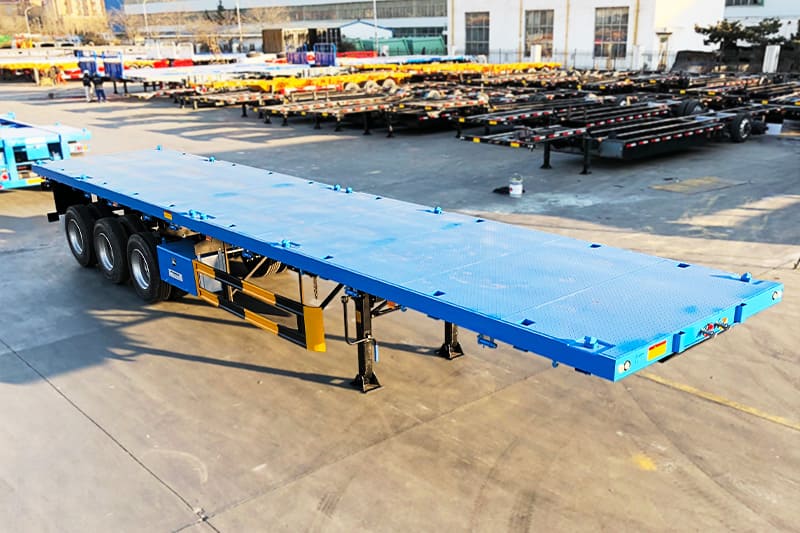1. Suspension system classification
The stereotypes on the market are divided into four types of suspension systems according to the different road conditions used: flexible suspension system, constant stiffness semi-rigid suspension system, non-linear semi-rigid suspension system, the rigid suspension system (field low-speed heavy-duty Semi trailer type) 4 types. Flexible suspension system, its suspension system stiffness is smaller, the buffer damping effect is good, adapt to the vehicle on the road at high speed, mainly used for road Semi-trailer type. The linear semi-rigid suspension system is the use of block to limit the maximum deformation of the suspension. At light load, this suspension is in elastic working condition, which has a cushioning effect on road impact and little energy absorption function; the impact energy is only periodically transformed into spring deformation energy and released in the next half vibration cycle; all the damping (which can really absorb the impact energy) only comes from the friction between the multi-layer plate springs; at heavy load, due to the role of the block, the spring steel plate is prevented from further During heavy loads, the block prevents further deformation of the spring steel plates, and it becomes a purely rigid suspension. A nonlinear semi-rigid suspension system refers explicitly to its stiffness that varies nonlinearly with load, and as the load increases, the flexibility will decrease and the stiffness will increase. Pure rigid suspension, load-bearing capacity is large, but the buffer damping performance is almost none, only adapted to the low-speed transfer on the flat ground in the field.

2. Flatbed semi trailer suspension system selection
The two operating conditions of the container system on the suspension device equipped on the semi-trailer, its rigidity requirements are very different. One of the functions of the semi-trailer is to turn around the container between the transfer station and the terminal, and it needs to cross the bridge crane track four times on the way, so under the two operating conditions of light load and heavy load, the suspension system of the semi-trailer must have certain flexibility to play the role of buffering and shock absorption, otherwise the vehicle in the exercise through the bridge crane track, the frame and the box have greater damage. From the above analysis, constant stiffness semi-rigid suspension system and pure rigid suspension system are not applicable. If the flexible suspension system is selected, when the container on the semi-trailer is docked with the compressor, it will produce friction or even collision when the container is docked with the compressor due to the large vertical displacement when it is heavy/no load.
In summary, the choice of non-linear semi-rigid suspension system is more appropriate.






